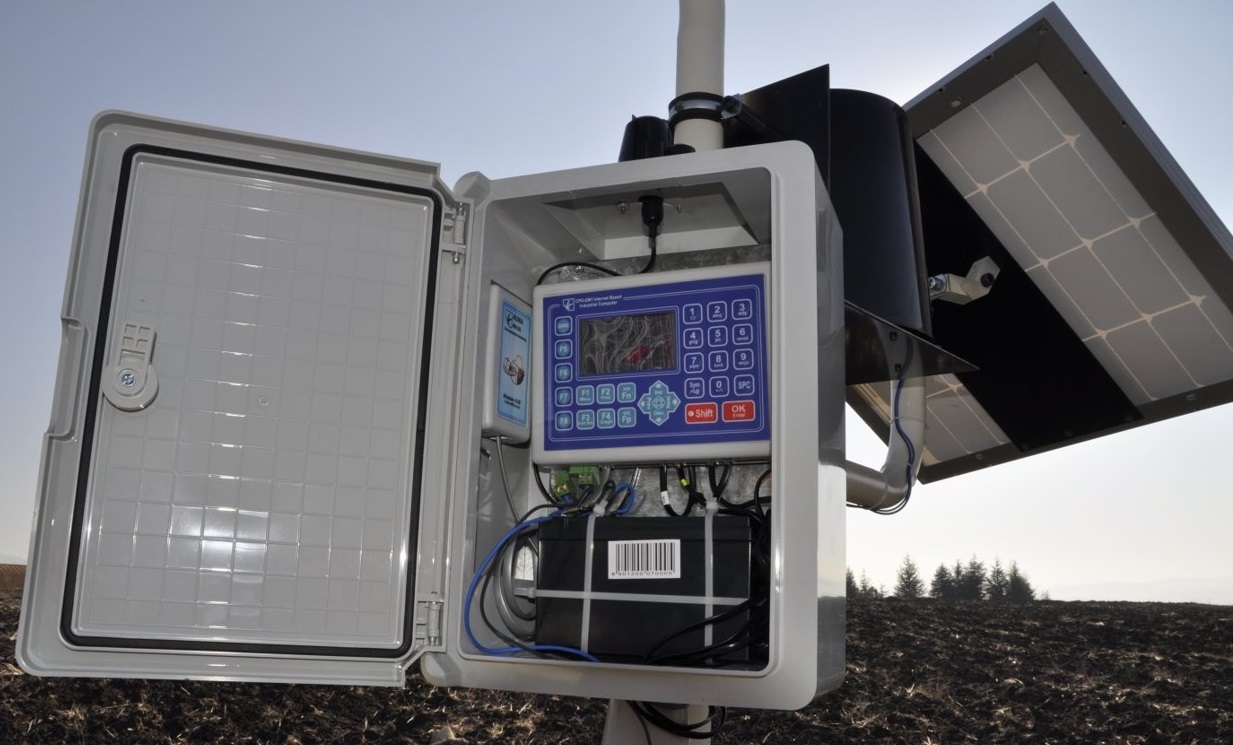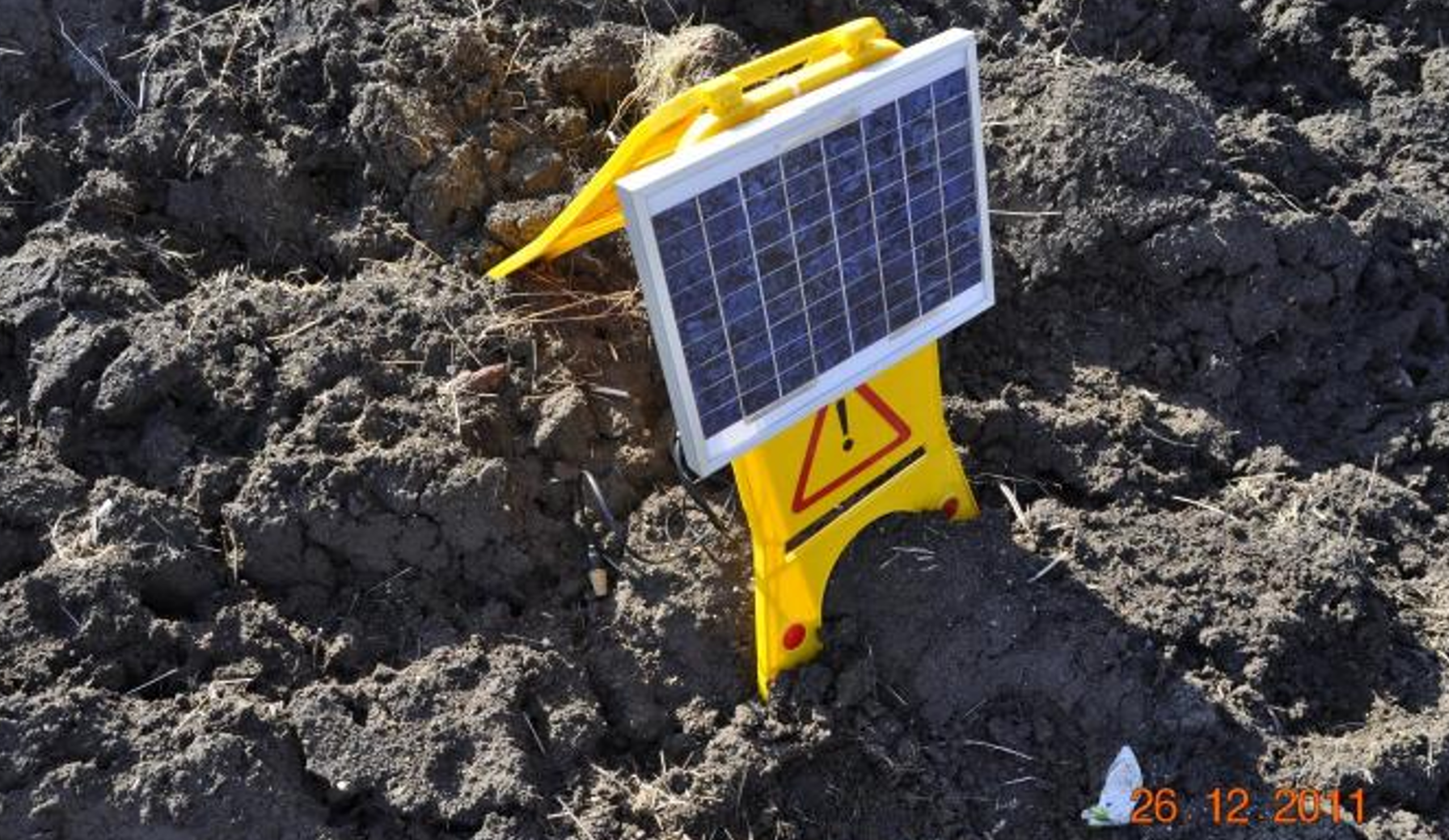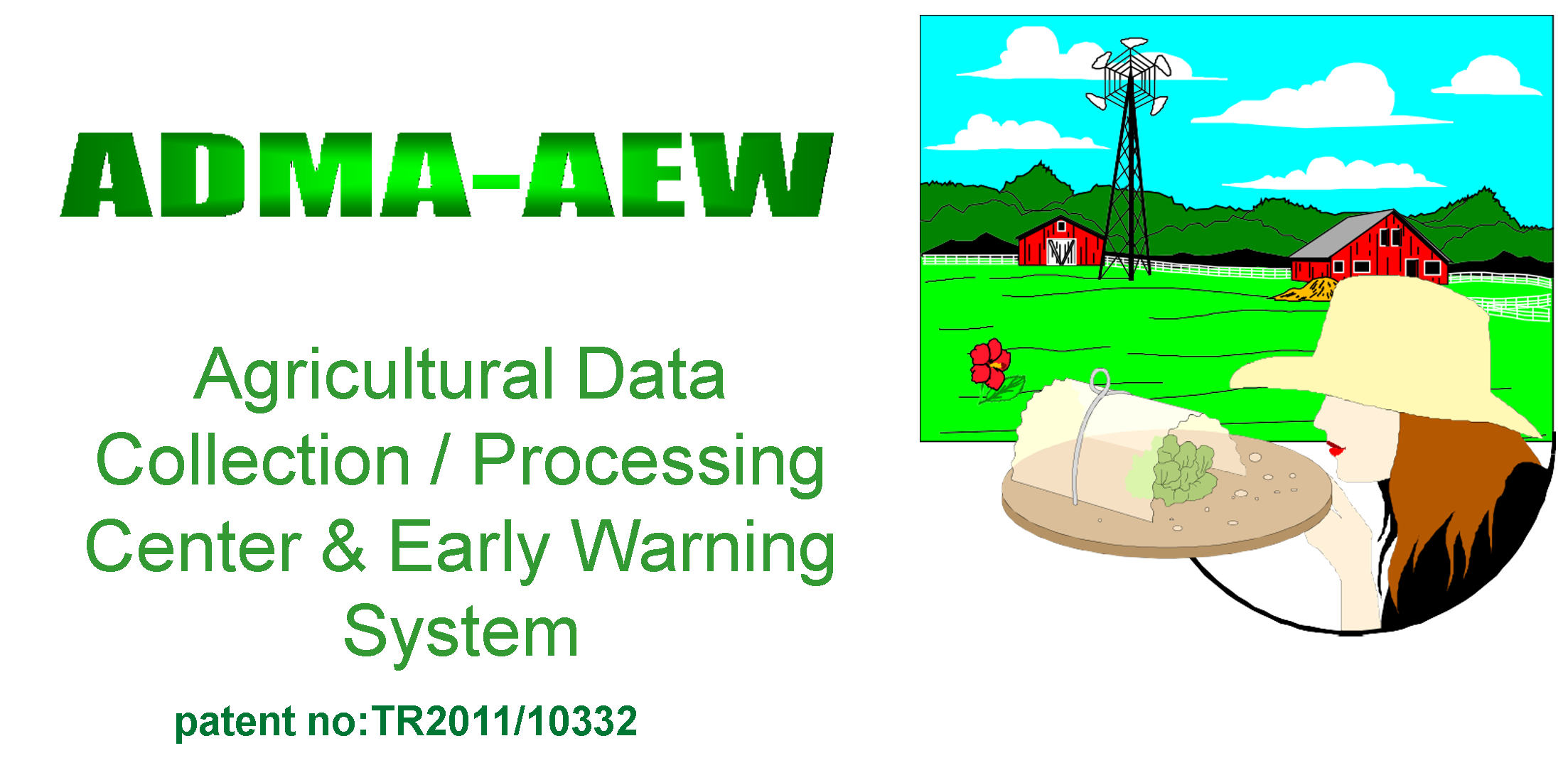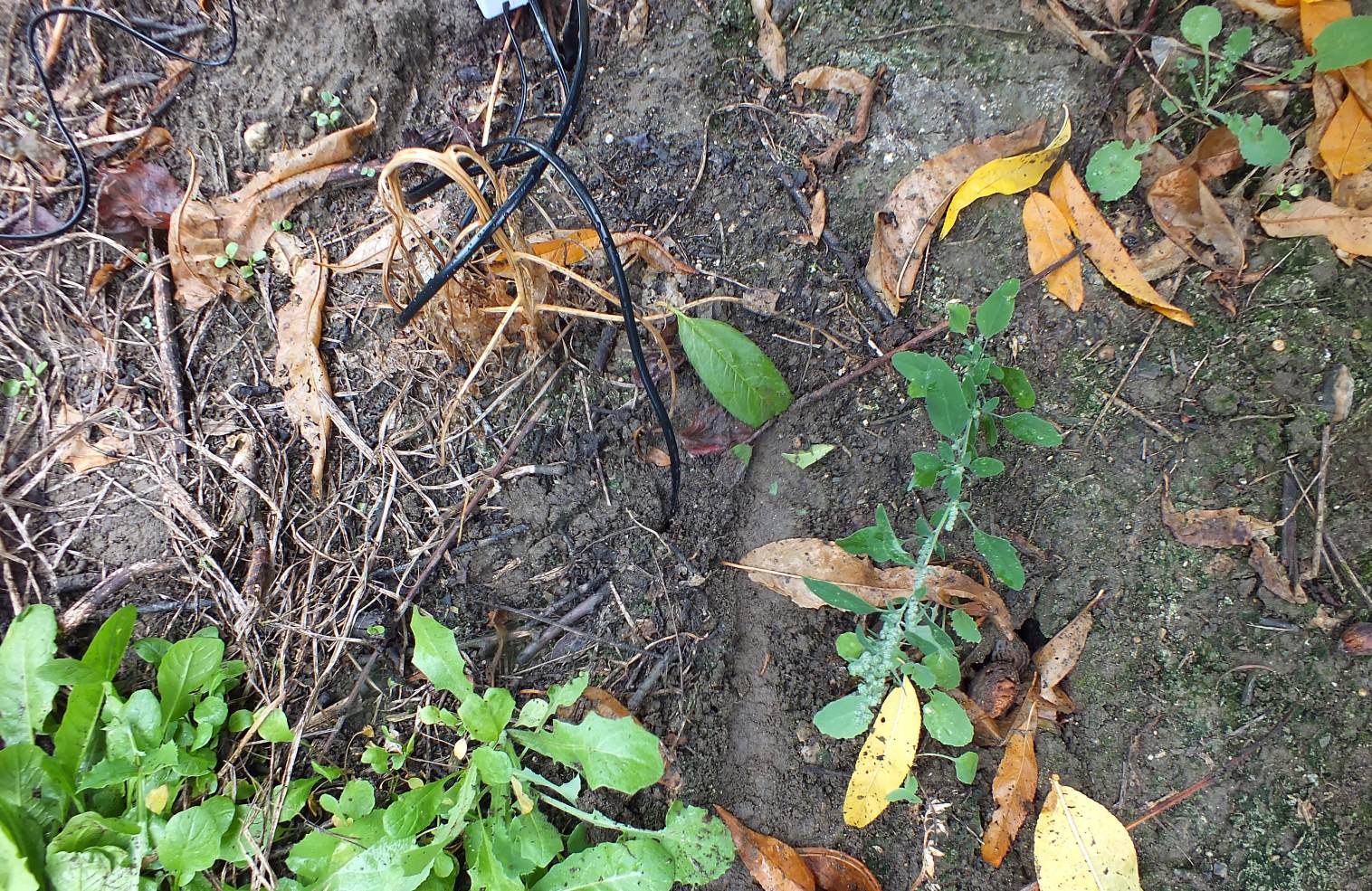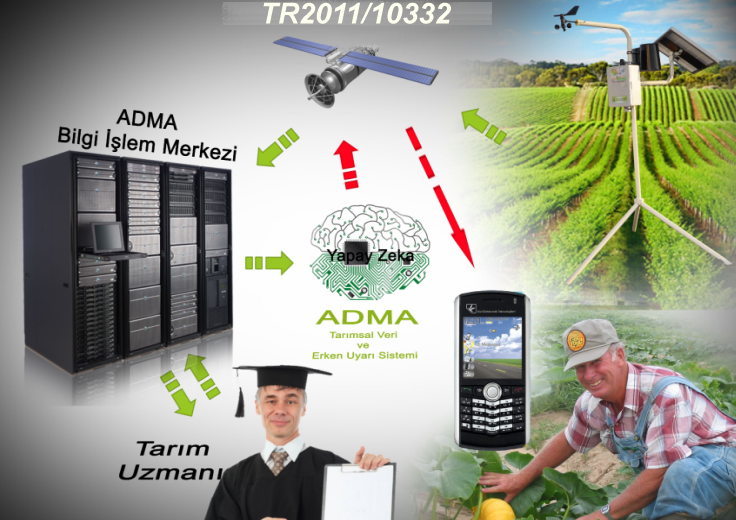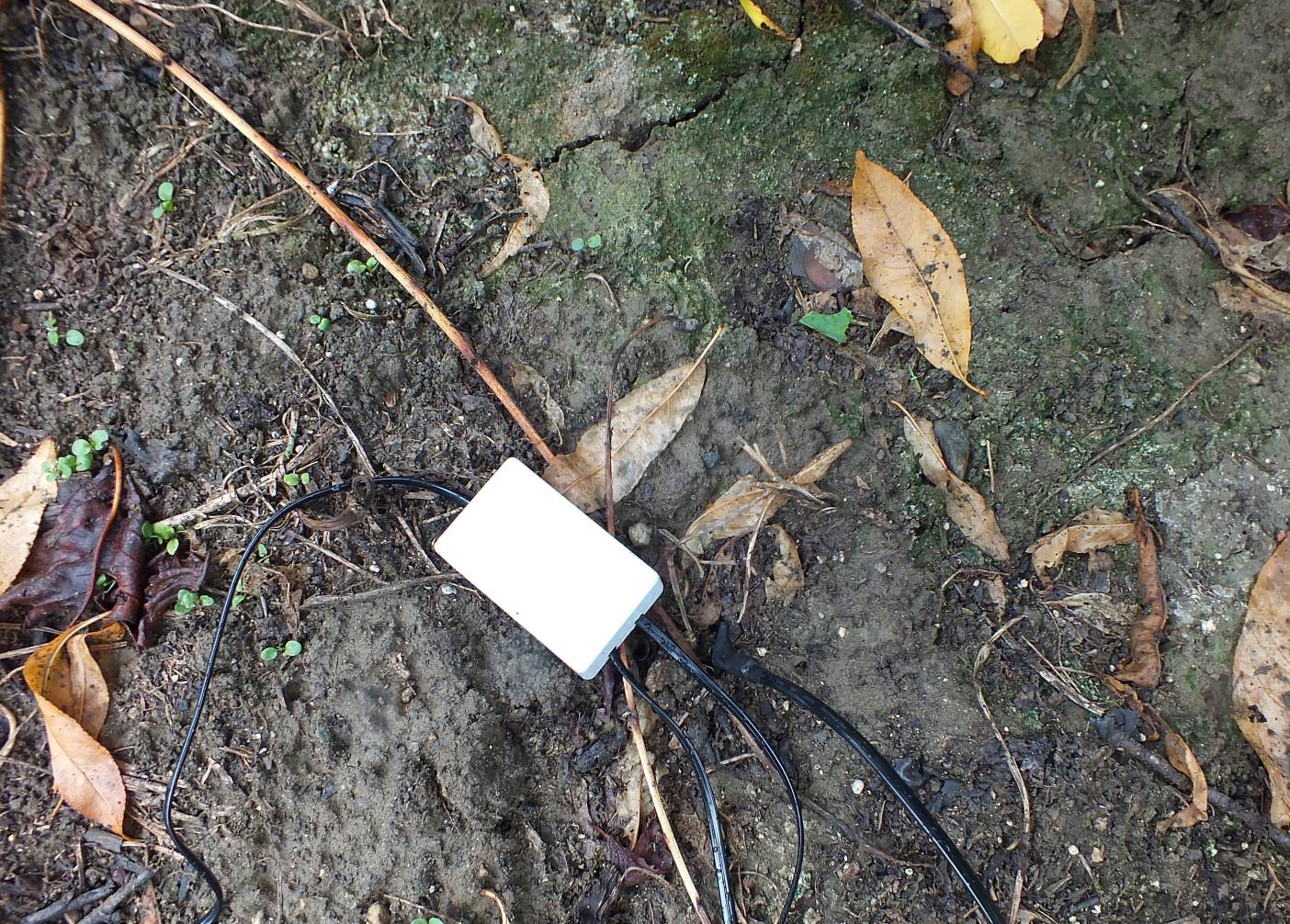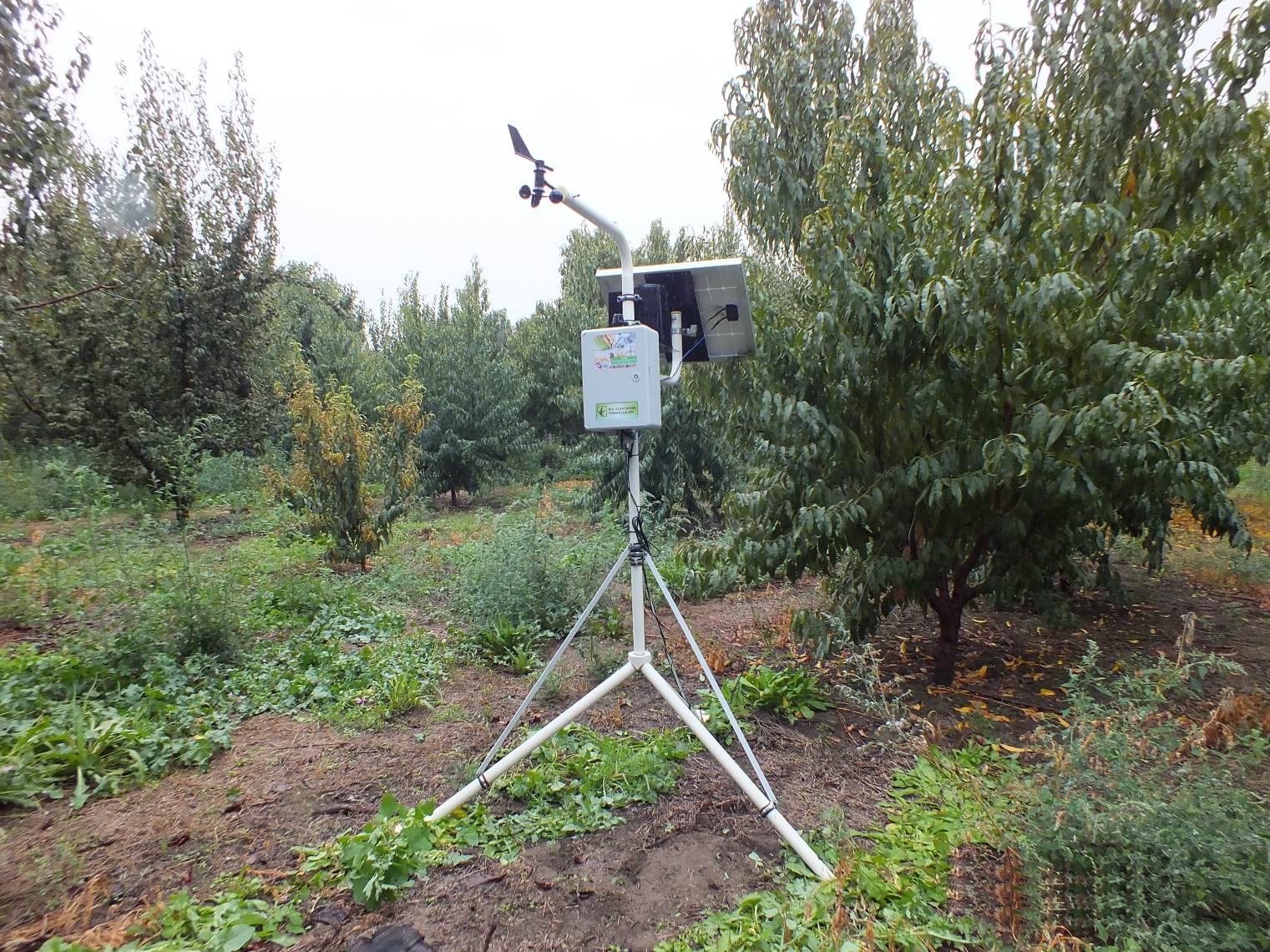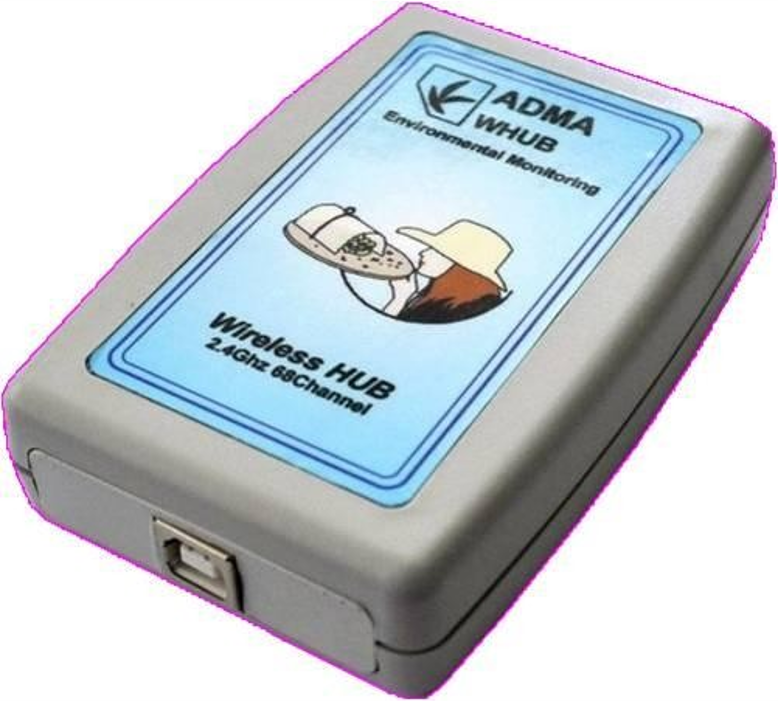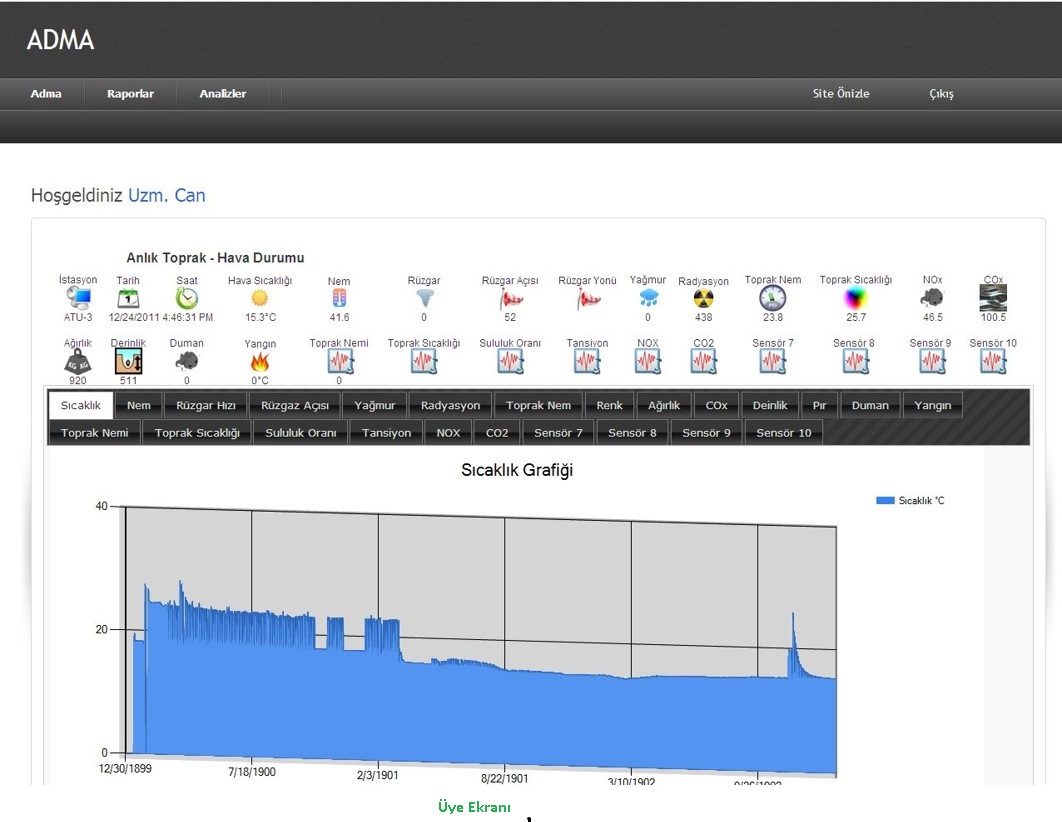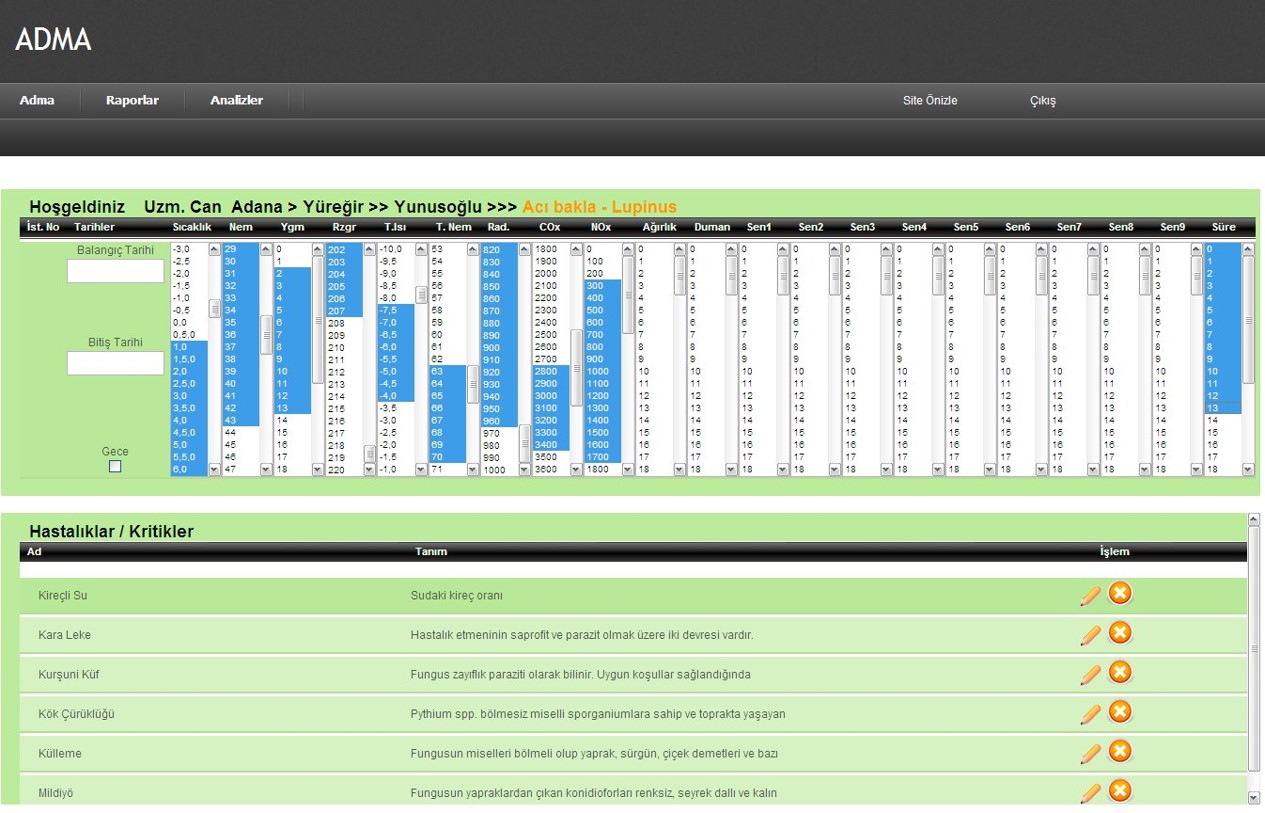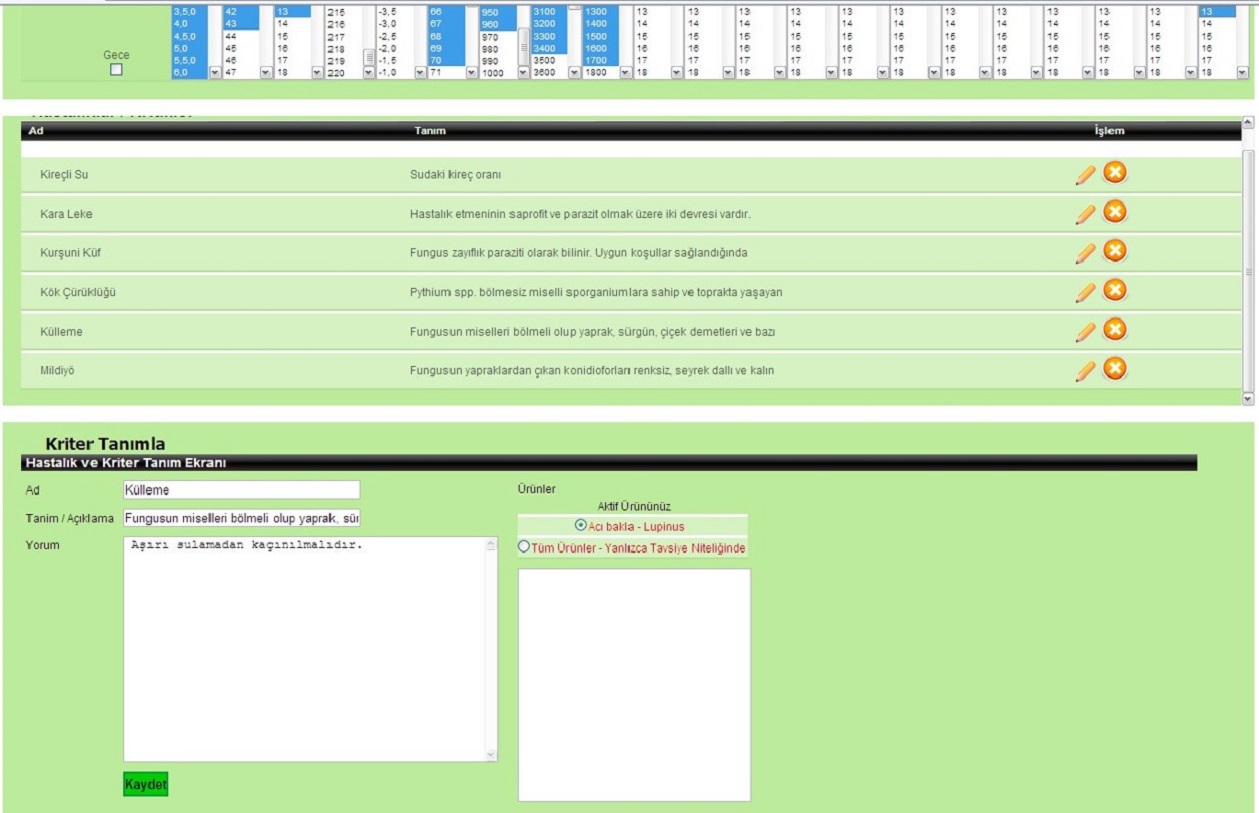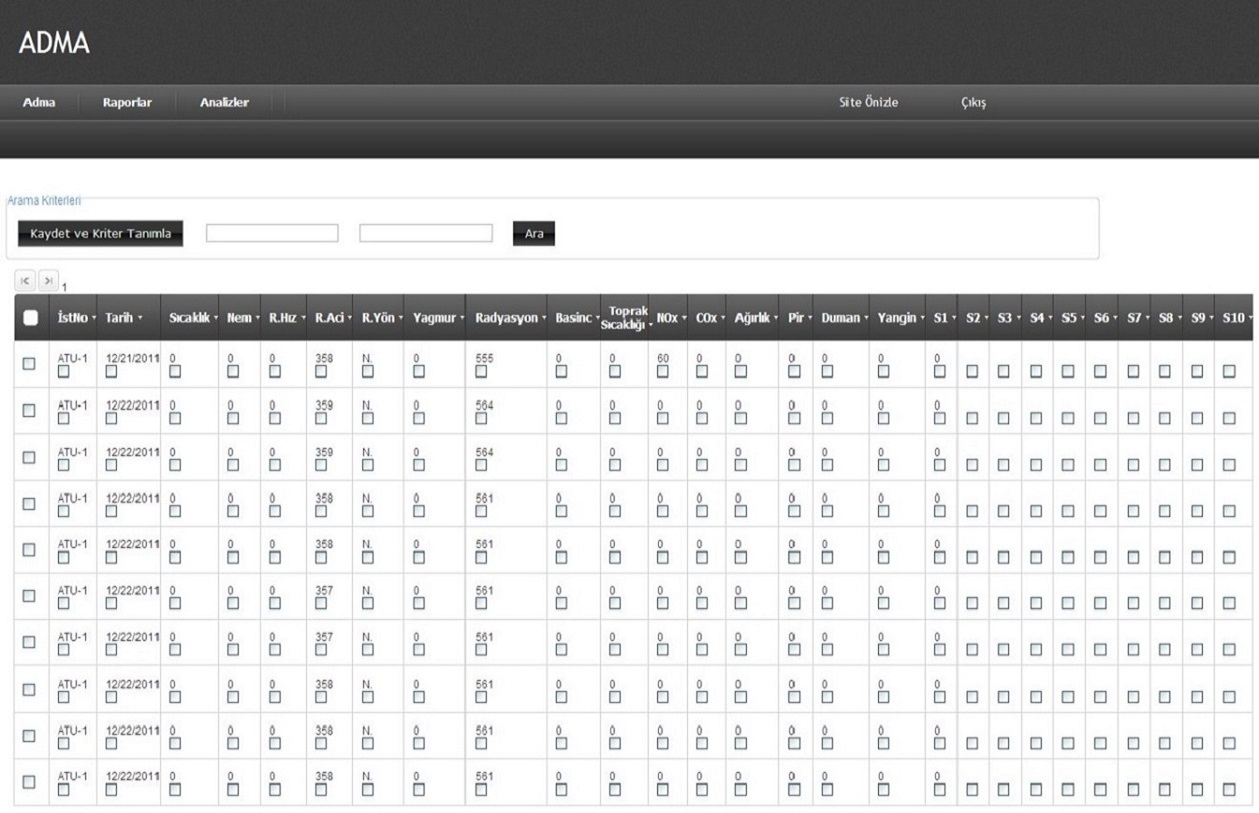ADMA-AEW
Even if it is behind in producing advanced technology, our country, which has arable lands, can increase this advantage with agriculture and agricultural biodiversity and take its exports to higher levels. For this purpose, the precision agriculture system we are working on is the “Agricultural Data Collection/Processing Center & Early Warning ADC-AEW (Agriculturel Data Center-Early Warning)” predictive artificial intelligence supported early warning system.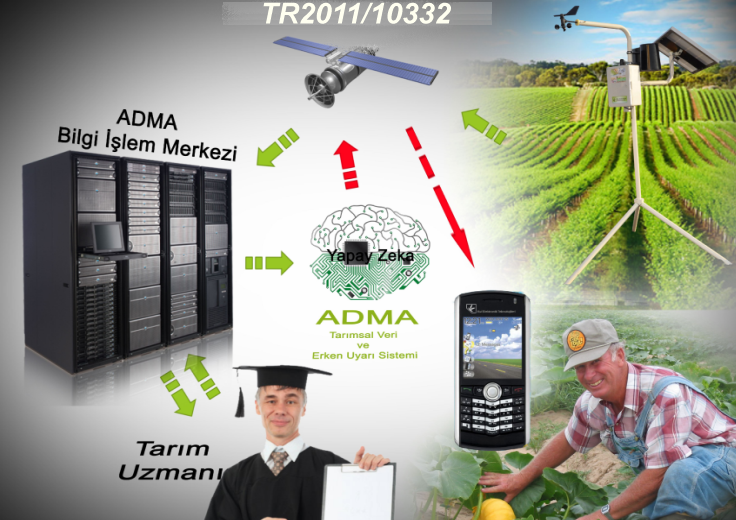
Usage Areas
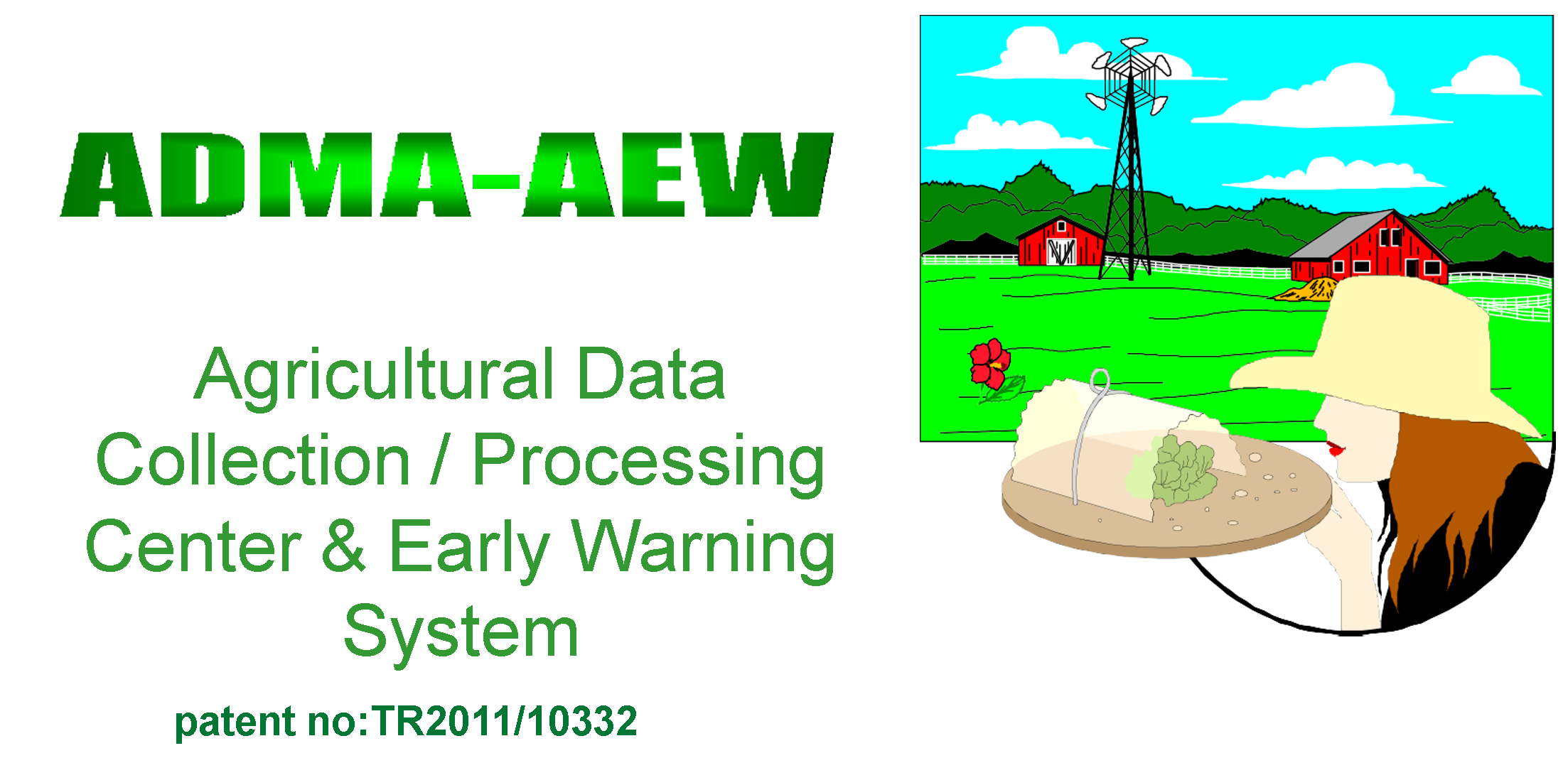
Key Features
- ADMA-ATU Features
- Temperature sensors: 0.5°C tolerance from -55 to +80. (Agricultural and meteorological)
- Humidity/Moisture Sensors: 5%-95% relative humidity and dewpoint (Agricultural and meteorological)
- Leaf Moisture
- Leaf or product color sensor
- Monitoring the development of the crop according to other parameters with continuous weight measurement in product development
- IR-based soil nutrient measurement and partial fertilization support
- depth sensor
- All meteorological measurements
- Irrigation control and flow measurement
- Motion detection for security
- GAS measurements (CO,CO2,TeO2, CH4,C3H8)
- fire detection
- Frame Camera connection
- Net radiation measurement
- Active 24/7 with solar energy and internal battery
- Chemistry Lab
- Online connection with central computing with data communication via GSM
- ADMA-NODE Features
- Zigbee wireless node sensors (positioned in-between)
ADMA-AEW
Even if it is behind in producing advanced technology, our country, which has arable lands, can increase this advantage with agriculture and agricultural biodiversity and take its exports to higher levels. For this purpose, the precision agriculture system we are working on is the “Agricultural Data Collection/Processing Center & Early Warning ADC-AEW (Agriculturel Data Center-Early Warning)” predictive artificial intelligence supported early warning system.
With our ongoing work since 2004, the first version GSM-RDAS-03 is an early warning application against frost. Alara Fruit and Fid.A.Ş., which exports cherries with a budget of approximately 50 million dollars/year in Bursa. And it has been applied to the gardens of its subsidiaries. By loading parametric values according to the cherry trees, it evaluates the meteorological parameters and sends a warning via GSM. Considering that there is approximately 20% product loss in frost, especially in cherry fruit, the importance of the subject is better understood.
ADDED VALUES
Improvement of yield quality
Less crop loss and increased yield due to the correct orientation of the grower.
Agricultural planning and value-added results through web platform and data collection
Before the regional production planning after the grower and the expert come together and the yield Orientation Planning of the experts.
Value-added results for the determination of state support in the agricultural field
With the provision of long-term agricultural policies, the data of modern and sensitive agriculture emerge.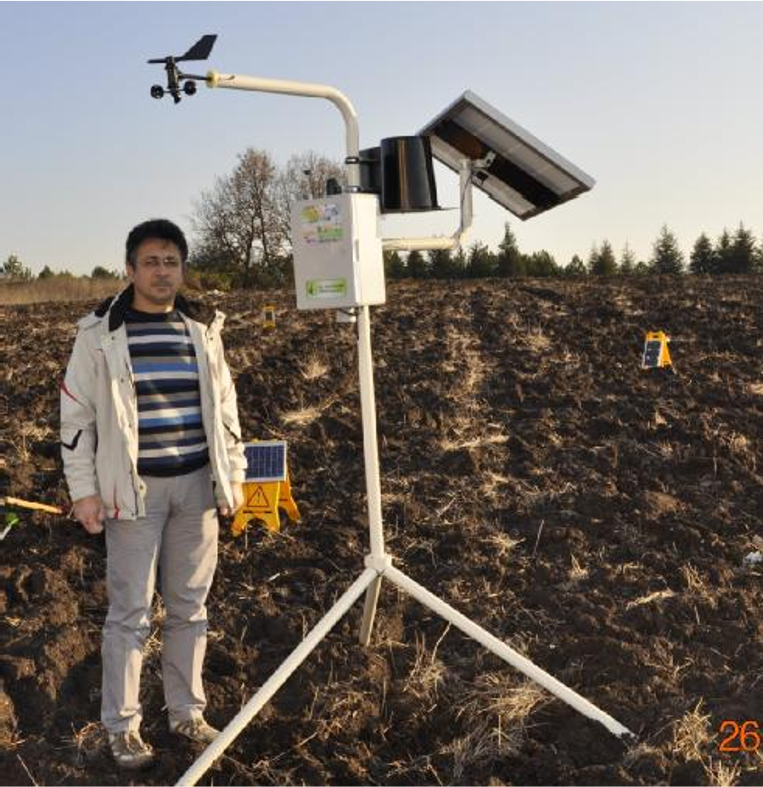
Reducing costs with regional fertilization by measuring the nutritional value in the soil
The nutritional value in the soil can be measured between 60%-70%. and lowers the cost. It prevents unnecessary fertilization.
A collaborative web portal containing yield, specialist and buyer-seller.
Database and information system to identify long-term all country and value-added results
Value-added results for domestic yields with all sensors.
Value-added results for taking action to prevent data from being sent abroad.
The system has been operating for 11 years. Active operating scale -20°C +70°C
Due to its low battery consumption, it can work for an average of 4 years with one battery.
In 2010, 1.2 million TL was lost due to the frost in Malatya. In order for the producer not to be affected by this loss, our government had to issue support packages (~260,000 TL) for the apricot producer.
In 2010, the frost event in Malatya caused a loss of 1.2 million TL (today's value was 863 thousand USD).
In terms of our producers;
While registering to the system, the producers register on the basis of province, district, village, product, and come to their mobile phone with expert comments on the risk and disease factors of the products they are registered with and offer only full-time solutions. In this way, it is tried to prevent product loss.
Due to the differences in soil structure, the same product contains different diseases and risk factors in different areas.
For example;
Malatya apricot and Ağrı apricot carry risks in different conditions, periods and values.
Therefore, the producer is informed about the region + the selected product and does not receive unnecessary information about products in different regions.
In terms of our experts;
Experts on the basis of province, district, village and product become members of the system, as do producers. Experts are people who can detect, interpret and interpret disease or risk factors for the products they have registered in the system. Experts are selected from faculties of agriculture, people working in agricultural enterprises affiliated to the Ministry of Agriculture or people who have sufficient knowledge and experience about the relevant region and product. After the experts are registered in the system, their expertise is approved or canceled.
Experts add value to the system with their comments and generate income from the system. Experts reach the necessary land information without going to the land. A closer platform is established between the experts and the manufacturer.
The manufacturer gives expert opinion via SMS. The ADMA system can terminate the specialization or generate more income based on the scores of the experts.
By receiving agricultural data from across the country, it supports the development of the whole country's agricultural data bank and shapes an agricultural policy in this regard.
One of the problems we face when exporting agricultural products to the European Union is to help fill the lack of agricultural data.
With this data bank, regional early warning can be given to the producer, the ministry of agriculture and district governorships by evaluating the soil and climatic conditions in the past years.
In addition, producers can follow all internet-based data about their village. Members of the manufacturers in the system will be informed by SMS/Call/e-mail in case of limited measurements. Therefore, there will be a strengthened early warning system. Israel has been using a database since 1955.
This database will keep agricultural data (such as soil moisture, leaf color, soil tensions, CO2 emissions from soil, NOx emissions) and agricultural meteorological data (such as wind, temperature, humidity...). According to this information, it will help to determine the parameters that cause disease formation and it will be beneficial to prevent product losses by informing the manufacturer with an early warning system.
Agricultural data collection, agro-meteorological data collection, centralized data processing and early warning software system mentioned above will take “Precision agriculture” one step further. In our country, "reactive agriculture" has just been understood and it took many years for the drop water method to be accepted.
Unfortunately, our country, which has fertile lands, suffers serious losses due to the lack of information and technology, and it is clear that precision agriculture policies and technologies should be applied to prevent this.
For all these purposes, we have developed the "Agricultural Data Center-Early Warning (ADC-AEW)" system.
“Agricultural Data Collection/Processing Center & Early Warning System”
It is based on the principle of multi-node structure, low cost and wide coverage with wireless sensors, integration of the network with GSM and transmitting the data to the data analysis center. The central analysis software evaluates incoming information, field conditions and characteristics of the agricultural product. It warns the operator/person when disease or productivity loss is high. (SMS, e-mail, direct call).
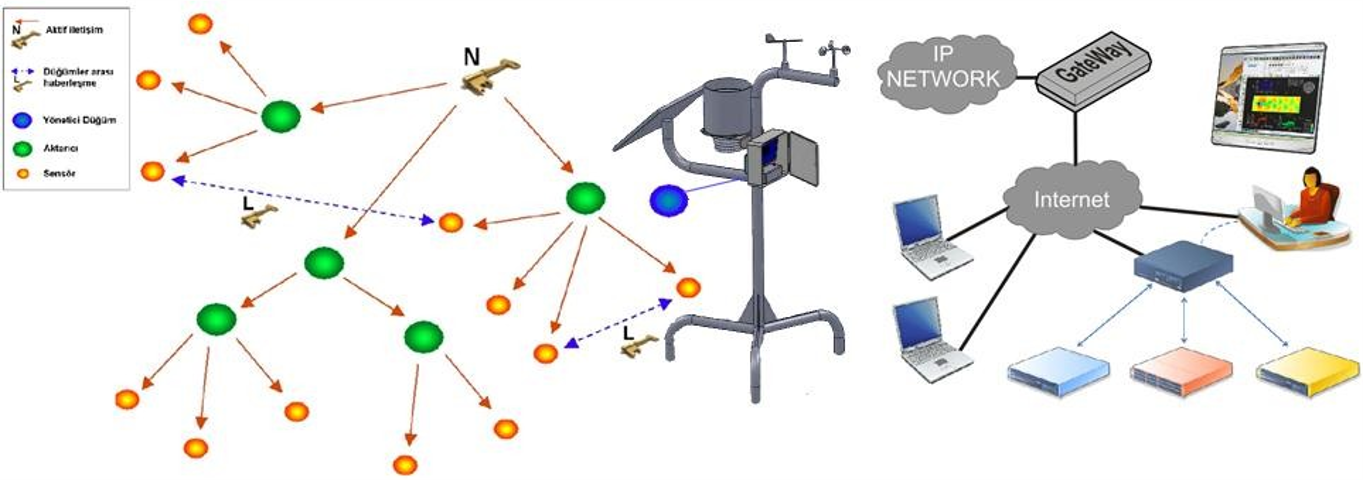
ADMA System consists of Agriculture station (ADMA-ATU), Manufacturer, Expert, Internet Based Data and Information Platform, Mobile Phone.
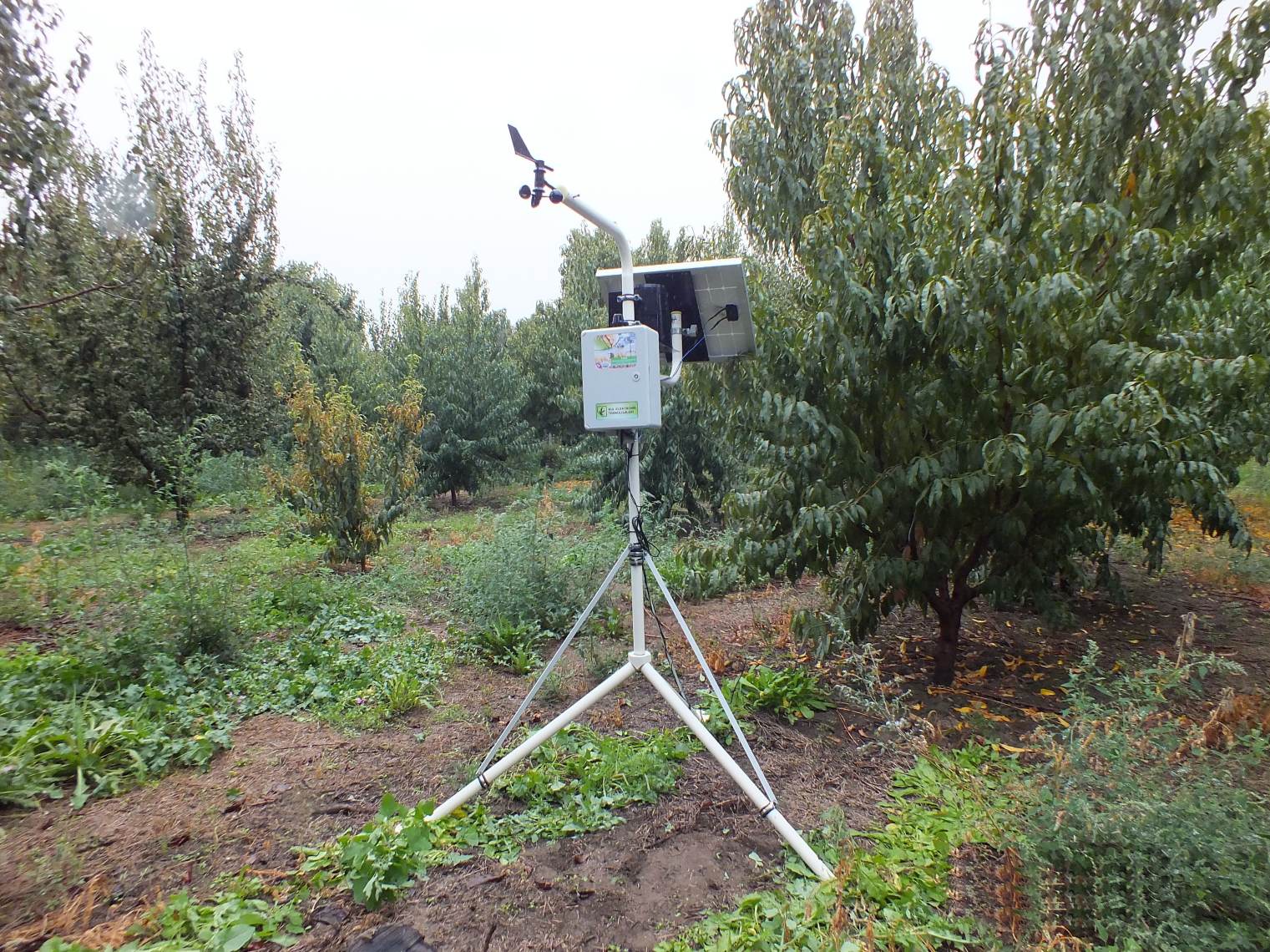
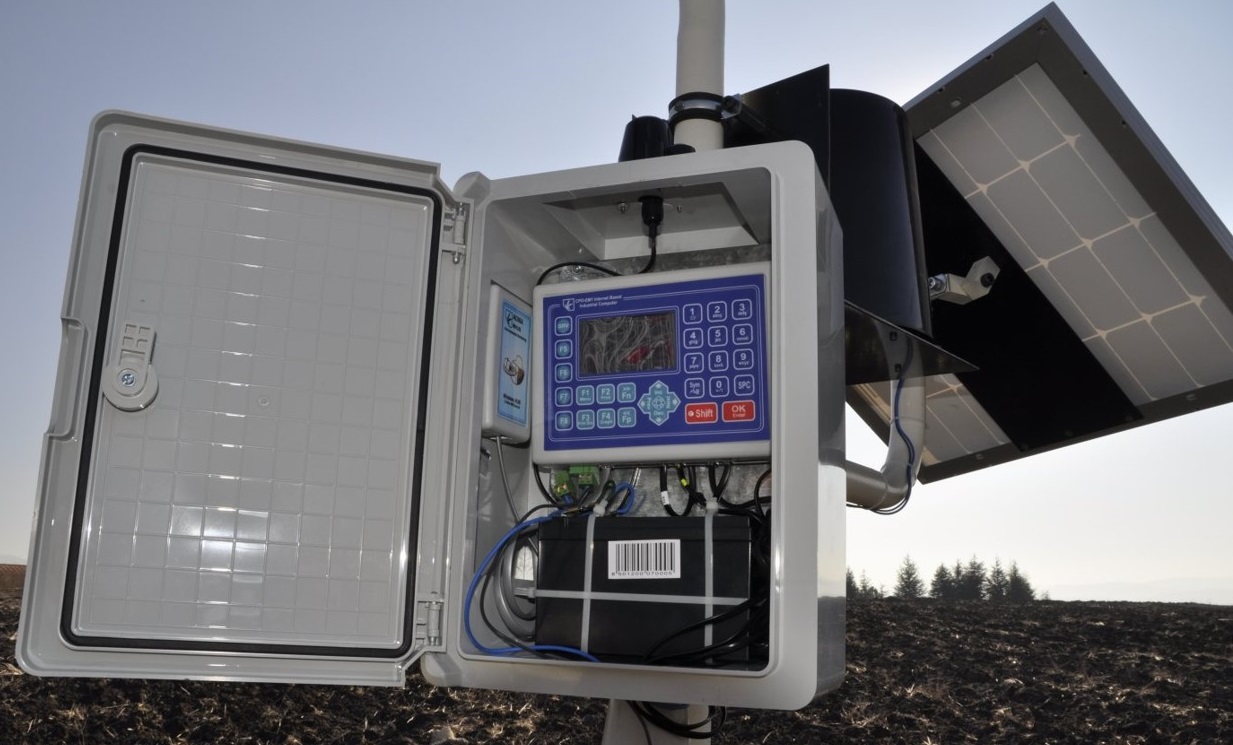
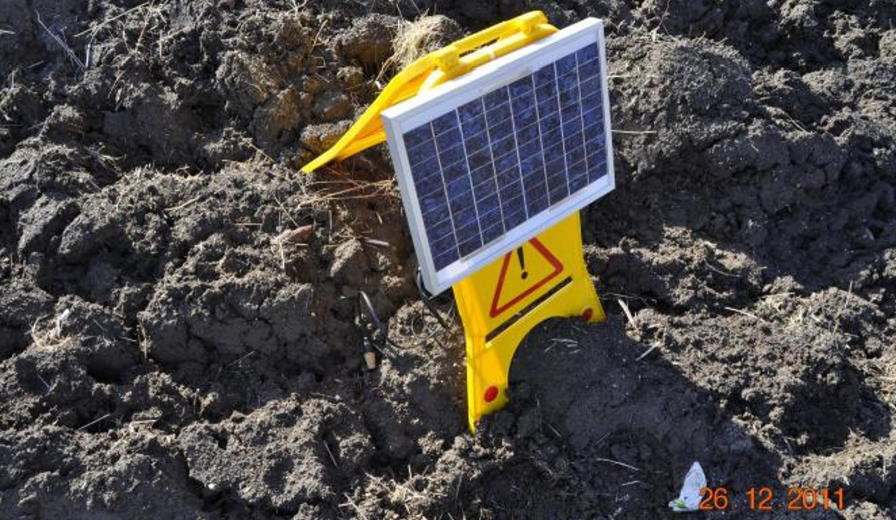
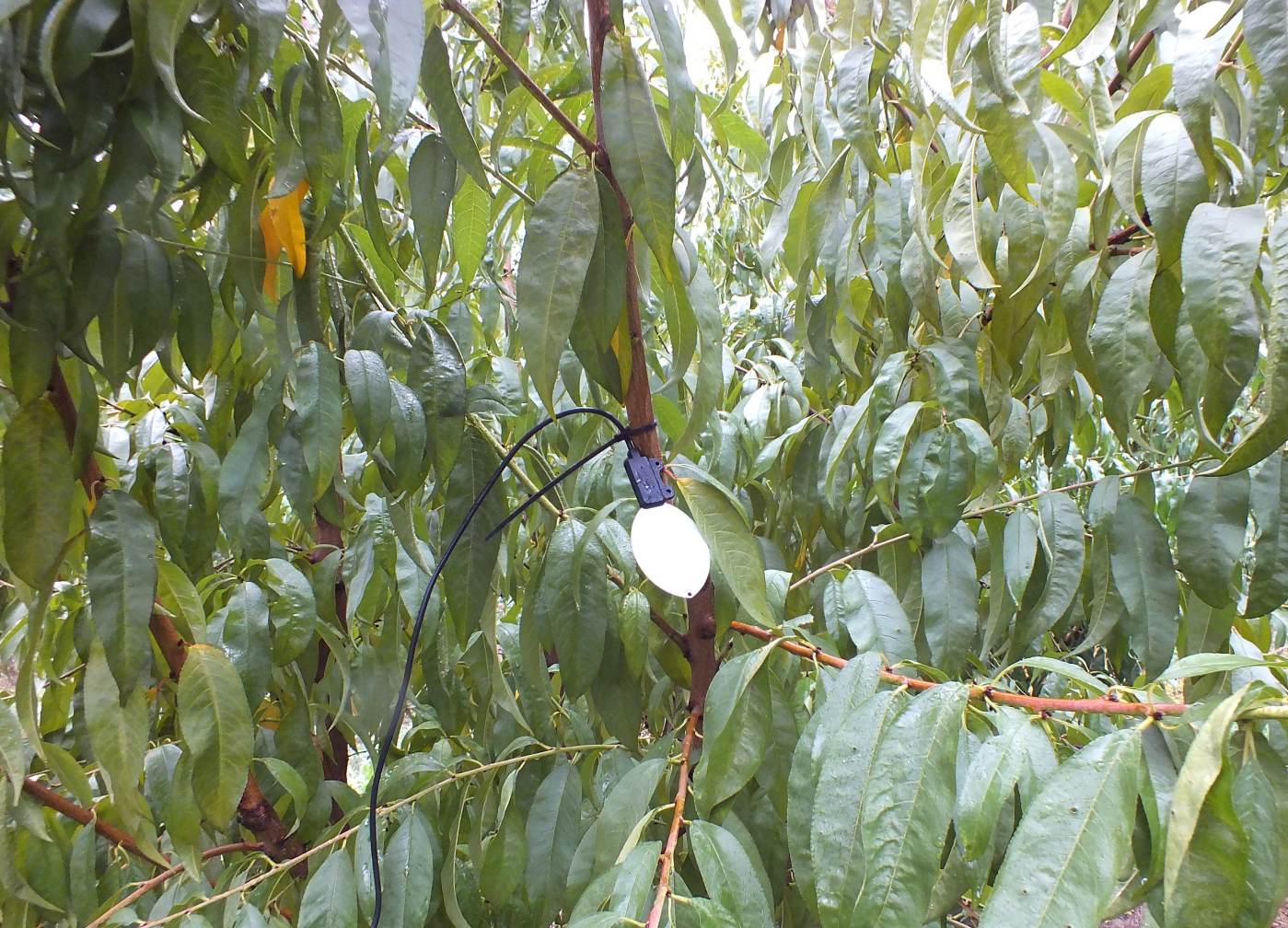
ADMA-ATU and ADMA-NODE Wireless Sensor structure

Purposes
Today, thanks to modern medicine, tests are made for diseases and according to the results of the analysis, the doctor applies the most appropriate treatment to the patient. The production of healthy food, which is the primary source of our health, should be handled with the same seriousness.
Due to the immovable nature of the land, it is quite insufficient to examine by taking samples from the soil.
For this reason, it is aimed to collect the results of the analysis in a center with an analysis laboratory that will be permanently placed on the field, and to determine the disease and risk factors by entering the system by the experts who will evaluate these data.
On this internet-based system, it is possible for the producers to follow the developments of their own regions and products by transferring the comments of the experts to the mobile phones of the producers registered in the system.
Disease Identification Screen;

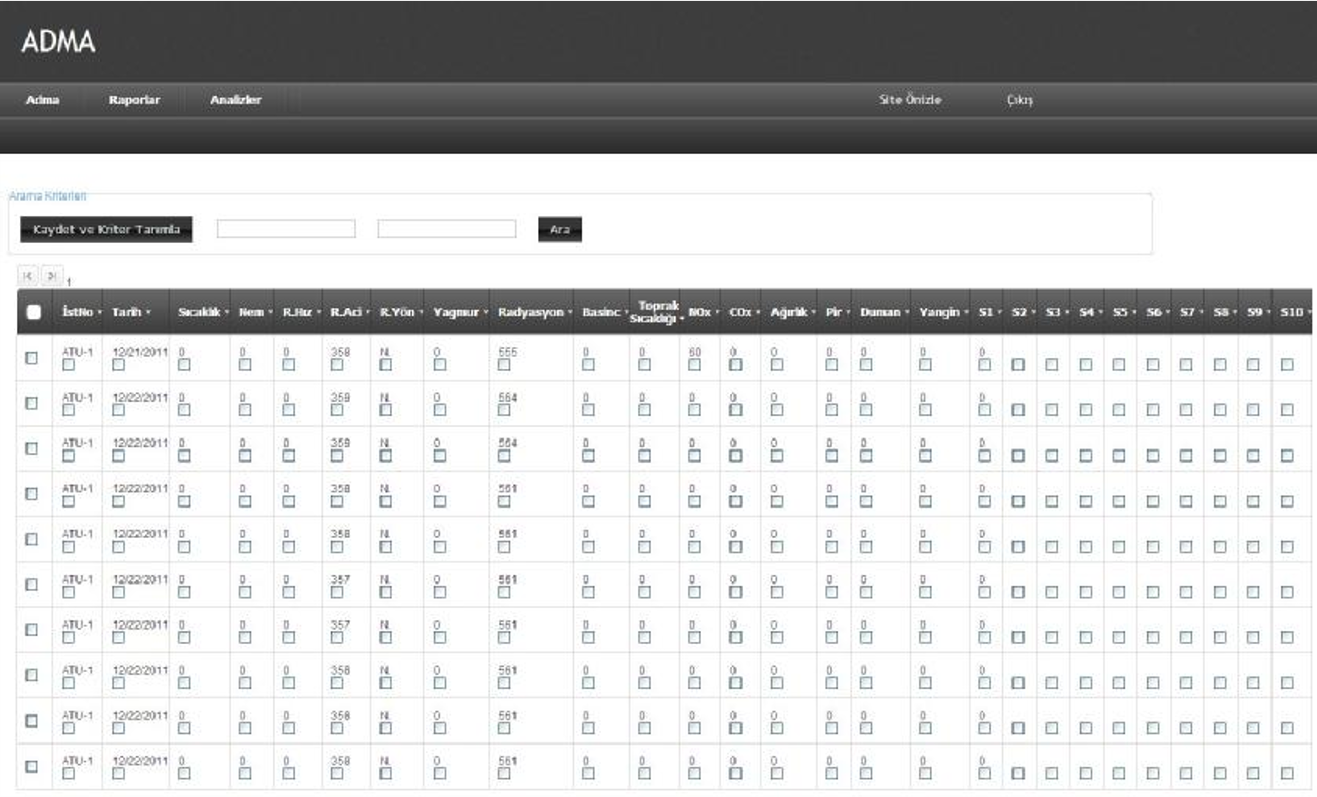
.jpg)
